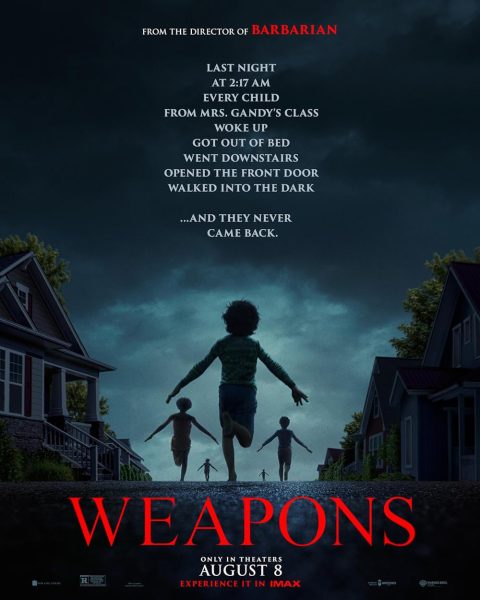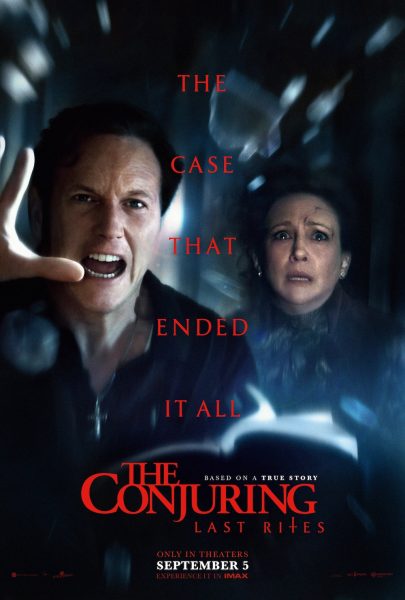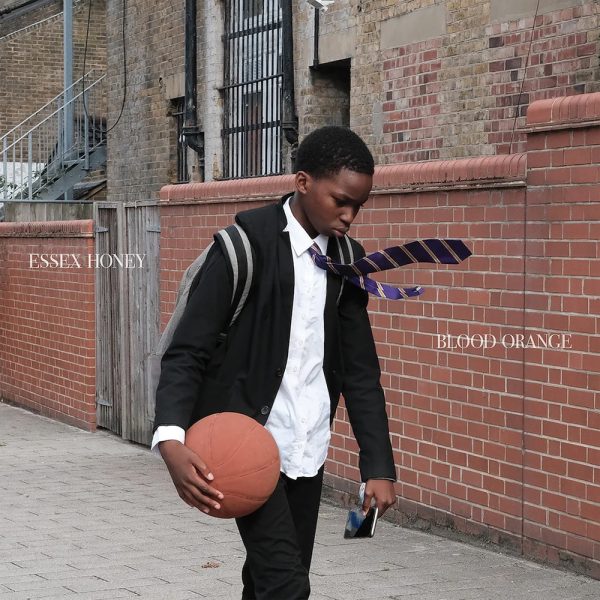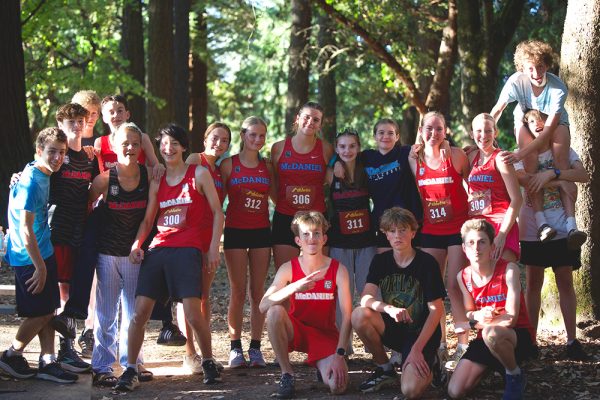Ferris Bueller’s Day Off: A thrilling, revealing film
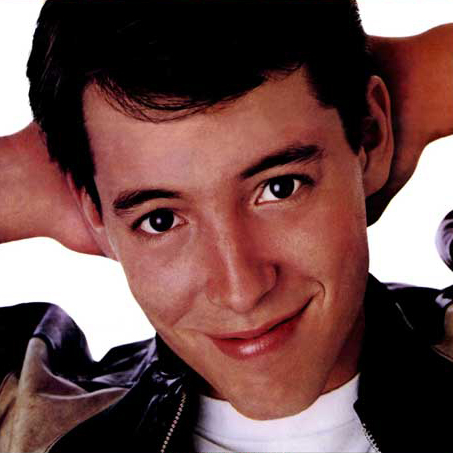
Content warning: This story contains spoilers for Ferris Bueller’s Day Off (1986)
Ferris Bueller’s Day Off is a 1986 film directed by John Hughes, who is known for his involvement in incredible teen movies from the ‘80s. Throughout the movie, Hughes takes the audience on a fun-filled and visually-pleasing ride that expels the idea of letting loose of a person’s fears and stresses.
The audience is taken through the city of Chicago by three friends–Ferris Bueller, played by Matthew Broderick; Cameron Frye, played by Alan Ruck; and Sloane Peterson, played by Mia Sara.
In the movie, students sit with hanging mouths as their teachers painfully and slowly go through the lessons. The trio decides to ditch class for the day. During their ditch day, the three visit colorful and thrilling, yet simple, locations around the city. They visit The Willis Towers, looking below at the small and far away sights looming below with their heads pressed against the glass. Next, the group heads to a fancy restaurant, snagging a reservation. From there they go to a Cubs game, catching a foul ball cracked out from the batter and visiting the Art Institute of Chicago, admiring the colorful famous works of art.
To end their day of excursions in the city, the three join a parade taking place on the streets of Chicago. Bueller, atop a float, sings the song “Twist and Shout,” and everyone from window cleaners to businessmen begin dancing along. Everyone lets loose and enjoys themselves. When I watched this scene it made me feel utterly happy–and wishing to experience something similar. Though it’s not necessarily something that would happen, seeing it in the film makes me want it to happen.
Throughout all of these scenes, the cinematography is visually spectacular and enthralling. There is Sloane and Ferris kissing in front of a glowing blue-stained glass window. It shows the contrast between them and the background, making them seem like the center of the world. The scene of their three heads leaning against the window of The Willis Tower from an upward shot, jumping from each head as they speak.
As I watched the film I became enraptured by the group’s activities and exciting day. The film supports the idea of forgetting reality, craving everything life can offer.
The joy that the three of them experience is fueled by teen rebellion, recklessness and the desire to just live life before it’s gone.
As Ferris says in the movie, “Life moves pretty fast. If you don’t stop and look around once and a while you could miss it.”
The audience–particularly the teenagers–want to be like Ferris, carefree and always yearning for the next adventure. When I watch him in the film, he reveals the breezy life of teendom. I watch him, and want to be like him, do the things he does, go where he goes. He doesn’t fret or worry about the decisions he is making, or whether he may be caught. Instead, he goes through the day in search of riveting and exciting things to do.
But that is not typically the everyday life of a teenager.
Of course, while teenagers may want to embody Bueller, who is seen as the “teen ideal,” that is not always who they end up relating to. The direct contrast to Bueller is Cameron Frye. Frye is a nervous character, especially when Ferris pressures him to take out his father’s red Ferrari for the day, increasing the mileage on the car, which Frye’s father would surely notice.
What this results in is Frye having a breakdown. He is tired of fearing his father, and as he says, he needs to take a stand. He kicks the front of the shiny red car, as he begins to shout angry words about his father.
Ferris and Sloane watch him kicking the car with their mouths hanging open in utter shock. It’s eerily quiet, with no music playing in the background as Frye’s anger rises.
While banging up the car he says, “Who do you love? Who do you love? You love a car.”
This scene is a huge interruption from the rest of the happy-go-lucky film. It switches from artificially sweet, to raw and real reality.
The first half of the movie is like a shiny, pretty bubble–an escape from real life. However, Frye’s breakdown reveals what life for a teenager is really like. It’s full of fear and sadness, usually hidden deep down.
Ferris is like a figmentation of what teenagers wish to be like throughout the whole movie–happy and adventurous. While Frye reveals what an authentic teen is like. Dealing with anxiety, depression and family issues, among other things, it’s not picture-perfect. It’s raw and truthful–and it’s almost refreshing to see in the film.
Cameron, compared to Ferris and Sloane, experiences the most transformation from the beginning to the end. He moves past being nervous of the consequences and his father, and instead faces his fears. He embodies the spirit of the film–he lets loose.
It allows teenagers to see someone their age overcoming the thing that feels like it can eat them alive. I encourage you to look at your own life, and see what you want to overcome like Cameron does–and do it.
While Ferris Bueller’s Day Off is a film that exudes excitement and thrill, it also reveals the true realities of being a teen.
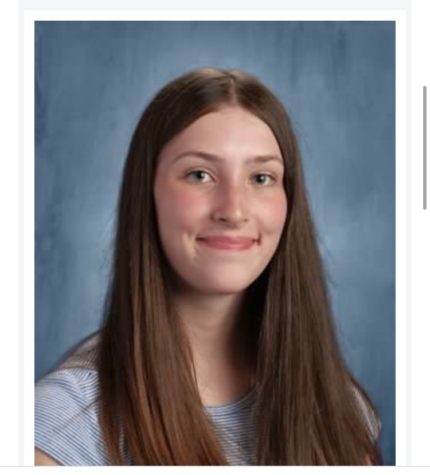
Olivia Oliver (she/her) is a senior who enjoys hanging out with her friends and spending time outside. She loves being a journalist because she can engage with her community and be creative.


